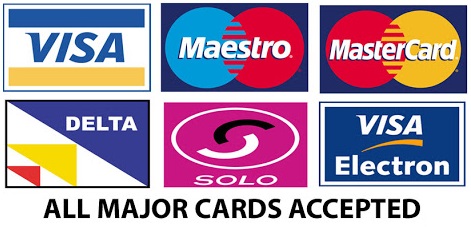Small business owners often ask me how they can improve their local rankings on Google. The truth is, there’s no single solution for achieving higher rankings—it’s a combination of various factors. In this post, I’ll provide you with a checklist of actionable steps you can take today to boost your local rankings.
Local SEO holds significant importance for your business’s growth. Google revealed that 46% of searches have local intent, and searches including “near me” continue to rise. This makes it crucial for your business to be highly visible on Google.
Here are 10 actionable steps to enhance your local rankings:
- Create and optimize your Google My Business listing. This free tool allows you to provide information about your business, making it easier for users to find you on the local pack and through brand searches.
- Ensure consistency in your NAP (Name, Address, Phone number) across your website, social profiles, local directories, and Google My Business page to avoid confusion for customers and search engines.
- Incorporate Google Maps on your website if you want customers to visit your physical location. Adding a Google Maps location is simple, and it helps Google understand that you are a local business with a physical address.
- Localize your title tags and meta descriptions to emphasize your presence in a specific area. Optimize your website’s title tags, H1 tags, and URL structure to increase your chances of ranking higher on search engine result pages (SERPs).
- Utilize Schema Markup, which is essential for local rankings. Schema/Structured Data Markup is a code that provides search engines with information about your business, improving its visibility and presentation to users.
- Obtain citations from relevant directories. Citations refer to online mentions of your business’s name, address, and phone number. They can be in local business directories, websites, apps, or social platforms. Citations help users discover local businesses and can impact local search engine rankings.
- Acquire relevant links, particularly local ones, as they can significantly improve your organic visibility. Explore opportunities such as directories, networking, and local events to build links.
- Leverage your location in your content. If you target multiple locations where you don’t have a physical presence, create location pages on your website. Highlight testimonials from clients in each area and include images of work you’ve done there. Internal linking to your services page from these location pages is also important.
- Request reviews from customers. Reviews play a crucial role in influencing potential customers. According to a BrightLocal report, 82% of people read reviews before purchasing from a local business. Don’t hesitate to ask satisfied clients for reviews, and consider offering incentives like discount codes.
- Prioritize mobile optimization. With Google’s shift to mobile-first indexing, having a fully optimized mobile site is crucial for SEO. Mobile users now outweigh desktop users, and their share of search has been increasing. Ensure your mobile site is optimized to improve rankings and cater to the growing mobile audience.
By following these ten tips, you’ll be on your way to generating more local organic search traffic. For additional insights, try my free SEO audit tool, which can identify further areas for improvement.




